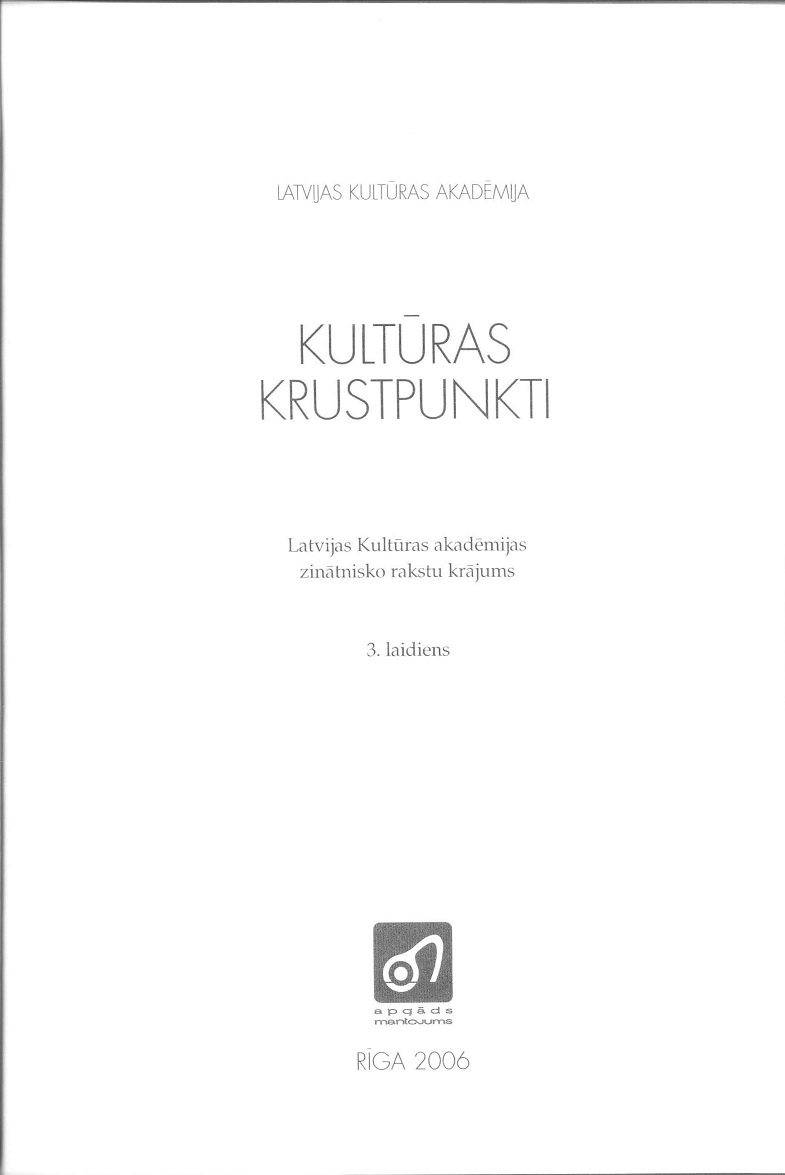Предания о языческих культовых памятниках беларуси и археология
The Legends about Pagan Cult Monuments in Belarus and Archaeology
Author(s): Eduard ZaikovskySubject(s): Archaeology, Cultural history, Customs / Folklore, Ethnohistory, Cultural Anthropology / Ethnology, Sociology of Culture
Published by: Latvijas Kultūras akadēmija
Keywords: Belarus; pagan cults; cult monuments; folklore; legends; town settlements; stones; worshiping of Veles; deities; archaeology;
Summary/Abstract: Despite the long period of time since the adoption of Christianity in Belarus, some pagan cult monuments are reflected in folklore. Several groups of legends have been studied. The biggest group is constituted by legends telling about a church located in a particular place some time ago, which had later sunk under ground. These legends refer to town settlements, ordinary hills, and even to flat areas of land, or sometimes to marshes and shallow lakes. In some of these places shrines have actually been discovered. Sometimes there was the source of a river nearby, which is also reflected in legends. These springs are linked with the shrines according to the principle of binary opposites. There could be a sacred boulder at tire spring of a river, something like the devil's stones or the stones 'tailors'. These stones can be linked with the worshiping of Veles or the similar Baltic deity. Topographically, the Devil's stones are typically found in remote marshy areas. Big boulders having an extended shape are often referred to as Snake's Stones. In some areas unprocessed stones are called the stones-'tailors' or the stones-'shoemakers'. Part of 'tailors' possess an additional name 'Stepan'. In the Byelorussian folklore the name 'Stepan' refers to a slightly Christianized substitute of Veles, the feminine counterpart of which was a sacred personage possessing the Christian name Catherine, and sometimes Uliana or Veliana. Legends referring to the hills of the type Maiden's Hill or settlements where giants throwing stone axes at each other supposedly used to live have also been studied. There are also legends about giants who used to make various clothes free of charge (which partly coincide with the plots about the stones "tailors"). Archaeological data about the places where sacred sites used to be located have also been analyzed. A conclusion has been drawn that in some cases folklore can contain some information about the actual existence of pagan shrines, but this information is coded according to the characteristics of the particular folklore genre. Apart from that, the probability of the secondary transformation of information has to be considered.
Journal: Culture Crossroads
- Issue Year: 3/2006
- Issue No: 2
- Page Range: 163-182
- Page Count: 20
- Language: Russian

